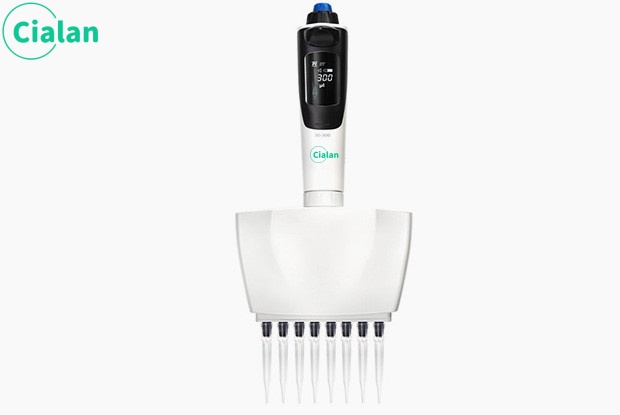Maintenance and precautions for laboratory instruments and equipment.
Why need to maintain our laboratory instruments.
Laboratory equipment is one of the important resources of the laboratory, is an important guarantee of laboratory specific reports! In order to ensure the accuracy and reliability of the test data, in addition to the instrumentation according to the cycle of verification, calibration, verification during the period, but also need to do a good job of routine maintenance of instrumentation.
But in this work, there are still many problems are equipment maintenance personnel do not know enough or attention, here I popularize to introduce the maintenance of laboratory equipment and what are the precautions?
.jpg)
Routine maintenance to protect the normal operation of the instruments is critical.
Daily maintenance may seem simple, but many times it is not emphasized, but also the most likely to be ignored; but many times big problems are often accumulated by small problems. To do with the clinical use of personnel to actively cooperate with the instrument to keep the surface clean; before use to do to check the voltage, power supply is normal; the use of the process of attention to observing the function of the instrument is normal and fill in the use of records. In the daily maintenance to develop good habits, to avoid the occurrence of damage.
Maintenance work must be handled carefully, not sloppy and careless.
①Instruments and equipment failures, to do a good job of collecting information before repair, preparation; including model, factory number, the time of failure, failure occurs when there is no abnormal sound, whether there has been a sudden power outage, the instrument has not been moved and other issues.
②Maintenance should be noted that in the process of disassembling medical equipment, pay attention to the sequence, do not use brute force to force the disassembly. Remove the fastening screws, small parts, etc. can not be put at hand, to be categorized and put away to avoid loss. After the completion of equipment maintenance, installation, and then step by step in the reverse order to restore the original, no spare parts. Damaged spare parts, but also to make a good mark, replace and restore the original, do not make mistakes.
③After the repair work is completed, clean the surface of the instrument, turn on the power to see if it can work normally. Calibrate the instrument, restore the normal working condition, and then handed over to the user to try to see whether the instrument is restored to its original working condition, so as not to leave hidden dangers. Finally, clean up the scene, check whether there is no missing tools, etc., and fill in the maintenance log for inspection.
④Maintenance in the protection of engineers in the maintenance of the instrument, we must always pay attention to do a good job of protection, whether it is leakage or cross-infection and other issues, we must pay attention to protection. Do not appear unnecessary accidental injury.
Regular maintenance checks, and found problems early, then solve problems.
Detailed preventive maintenance content should include: appearance check, cleaning and maintenance, replacement of wearing parts, function check, performance test calibration, safety check;
①Appearance check.
Appearance check first check the instrument buttons, switches, connectors and sockets with or without loose and misplaced, plug and socket contact with or without oxidation, rust or poor contact, the power cord with or without aging, whether the heat exhaust is normal, a variety of grounding connections and pipeline connections are good.
②Cleaning and maintenance.
It is to clean the surface of the instrument and the internal electrical parts, mechanical parts, including cleaning the filter and the relevant pipeline, clean the relevant plugs and sockets of the instrument to prevent poor contact, and lubricate the necessary mechanical parts with oil.
③Replacement of wearing parts.
The components that have reached the end of their service life and performance deterioration, or the accessories that require regular replacement as stipulated in the instruction manual should be replaced in time to prevent the possible expansion of the failure or the failure of the whole machine. Insufficient charging of the battery should urge the relevant personnel to carry out regular charging, to rule out the obvious and potential equipment failures.
④Function check.
Power on the machine to check whether the lights and indicators are normal, by adjusting and setting the switches and buttons to enter the function settings, to check whether the basic functions of the equipment is normal. Through simulation test, check whether the alarm function of the equipment is normal.
⑤Performance test calibration.
Test the stabilized value of each DC power supply, the voltage value or waveform of the test point in the circuit and make the necessary calibration and adjustment according to the requirements of the manual to ensure that the technical indexes of the instrument meet the standards and ensure the quality of the instrument in medical diagnosis and treatment.
⑥Safety check.
1、Check whether the frame is firm, whether the mechanical operation is normal, whether the connecting parts are loose, fall off or rupture phenomenon.
2、Check all kinds of leads, plugs, connectors, etc. are not damaged, whether the grounding wire is secure, grounding resistance and leakage current is within the allowable limits.
Laboratory equipment is one of the important resources of the laboratory, is an important guarantee of laboratory specific reports! In order to ensure the accuracy and reliability of the test data, in addition to the instrumentation according to the cycle of verification, calibration, verification during the period, but also need to do a good job of routine maintenance of instrumentation.
But in this work, there are still many problems are equipment maintenance personnel do not know enough or attention, here I popularize to introduce the maintenance of laboratory equipment and what are the precautions?
.jpg)
Routine maintenance to protect the normal operation of the instruments is critical.
Daily maintenance may seem simple, but many times it is not emphasized, but also the most likely to be ignored; but many times big problems are often accumulated by small problems. To do with the clinical use of personnel to actively cooperate with the instrument to keep the surface clean; before use to do to check the voltage, power supply is normal; the use of the process of attention to observing the function of the instrument is normal and fill in the use of records. In the daily maintenance to develop good habits, to avoid the occurrence of damage.
Maintenance work must be handled carefully, not sloppy and careless.
①Instruments and equipment failures, to do a good job of collecting information before repair, preparation; including model, factory number, the time of failure, failure occurs when there is no abnormal sound, whether there has been a sudden power outage, the instrument has not been moved and other issues.
②Maintenance should be noted that in the process of disassembling medical equipment, pay attention to the sequence, do not use brute force to force the disassembly. Remove the fastening screws, small parts, etc. can not be put at hand, to be categorized and put away to avoid loss. After the completion of equipment maintenance, installation, and then step by step in the reverse order to restore the original, no spare parts. Damaged spare parts, but also to make a good mark, replace and restore the original, do not make mistakes.
③After the repair work is completed, clean the surface of the instrument, turn on the power to see if it can work normally. Calibrate the instrument, restore the normal working condition, and then handed over to the user to try to see whether the instrument is restored to its original working condition, so as not to leave hidden dangers. Finally, clean up the scene, check whether there is no missing tools, etc., and fill in the maintenance log for inspection.
④Maintenance in the protection of engineers in the maintenance of the instrument, we must always pay attention to do a good job of protection, whether it is leakage or cross-infection and other issues, we must pay attention to protection. Do not appear unnecessary accidental injury.
Regular maintenance checks, and found problems early, then solve problems.
Detailed preventive maintenance content should include: appearance check, cleaning and maintenance, replacement of wearing parts, function check, performance test calibration, safety check;
①Appearance check.
Appearance check first check the instrument buttons, switches, connectors and sockets with or without loose and misplaced, plug and socket contact with or without oxidation, rust or poor contact, the power cord with or without aging, whether the heat exhaust is normal, a variety of grounding connections and pipeline connections are good.
②Cleaning and maintenance.
It is to clean the surface of the instrument and the internal electrical parts, mechanical parts, including cleaning the filter and the relevant pipeline, clean the relevant plugs and sockets of the instrument to prevent poor contact, and lubricate the necessary mechanical parts with oil.
③Replacement of wearing parts.
The components that have reached the end of their service life and performance deterioration, or the accessories that require regular replacement as stipulated in the instruction manual should be replaced in time to prevent the possible expansion of the failure or the failure of the whole machine. Insufficient charging of the battery should urge the relevant personnel to carry out regular charging, to rule out the obvious and potential equipment failures.
④Function check.
Power on the machine to check whether the lights and indicators are normal, by adjusting and setting the switches and buttons to enter the function settings, to check whether the basic functions of the equipment is normal. Through simulation test, check whether the alarm function of the equipment is normal.
⑤Performance test calibration.
Test the stabilized value of each DC power supply, the voltage value or waveform of the test point in the circuit and make the necessary calibration and adjustment according to the requirements of the manual to ensure that the technical indexes of the instrument meet the standards and ensure the quality of the instrument in medical diagnosis and treatment.
⑥Safety check.
1、Check whether the frame is firm, whether the mechanical operation is normal, whether the connecting parts are loose, fall off or rupture phenomenon.
2、Check all kinds of leads, plugs, connectors, etc. are not damaged, whether the grounding wire is secure, grounding resistance and leakage current is within the allowable limits.


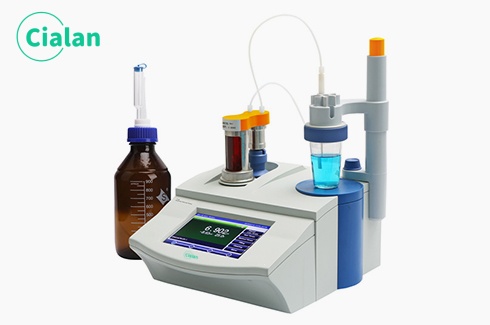
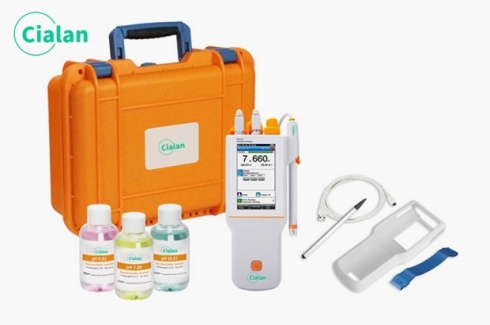
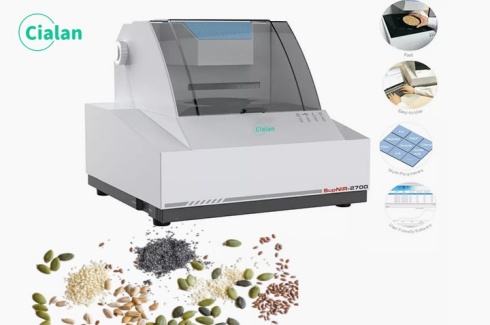
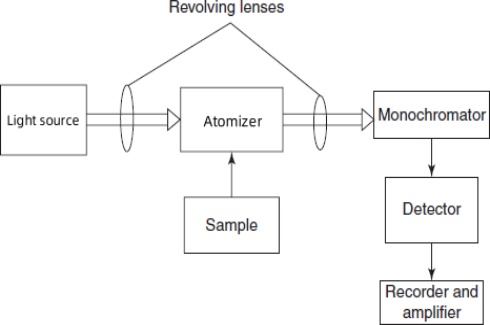
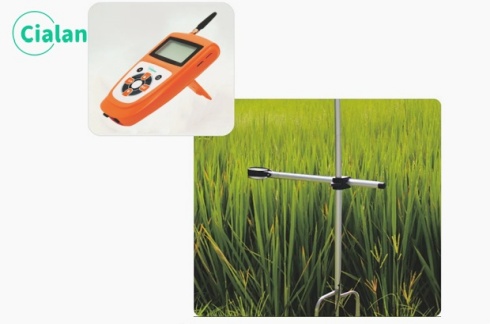


.jpg)


